

They go into the editor. Fans who stuck with the game were rewarded by a great expansion with The Taken King. Insiders worry that rpg one piece, hampered by inadequate technology, could find itself overwhelmed by the never-ending demand for more content.
Just to do a half-second change. They needed a live team working on constant patches and bug-fixes, and they also needed to plant flags to set players up for the major changes that The Taken King would eventually bring. Over the next few months, the developers had to grind constantly. They go in and they move that node two feet. It’s hard not to speculate about what Destiny might have looked like with Staten’s version of the story. People who worked on Destiny rave about the European Dead Zone and the raid on Mars, both of which may be added to the game in the coming months and years, but there’s skepticism that this yearly schedule will really work for a studio like Bungie.
Let’s say a designer wants to go in and move a resource node two inches,” said one person familiar with the engine. Destiny’s contract had been leaked in 2012 as part of the messy lawsuit between EA and Activision and it stipulates that the studio stick to this yearly plan, no matter what other extenuating factors might arise.
That entire last Mars chunk was later cut and passed to Activision subsidiary High Moon Studios to develop for Destiny’s full-sized 2016 sequel, a source said. Bungie is ravenously appreciative of the people that play their games, and they listen, they listen so clearly. They’re helping Bungie make the game. Over the months, Bungie kept rescoping as they looked more realistically at what they could do, and the final version of The Taken King—the one that shipped last month—wound up focusing solely on the Dreadnaught. In March of 2014, Bungie rebooted Comet, sources say. No matter how many hours they have to devote to the game. Maybe Bungie didn’t quite make a Star Wars, but the story of Destiny—more specifically, the story around Destiny—turned out to be fascinating for reasons they could never have planned. If their importer didn’t fail, they open the map.
Four sources pointed to Destiny’s technology—the tools they use to design levels, render graphics, and create content—as an inhibiting factor in the game’s development. All things considered, it’s remarkable that Bungie was able to ship anything in late 2014, let alone build a foundation as solid as vanilla Destiny.
And then they’d do a 15-20 minute compile. First they had to deliver two DLC packs that each justified $20; then they had to release a massive $40 expansion the following fall. It takes about 20 minutes to open. Once one piece op2 launched in September 2014, Bungie’s staff didn’t have much time to celebrate. But as a tool-set for designers, sources say, Destiny’s engine is subpar, and creating new maps and missions at Bungie can be grueling for developers.
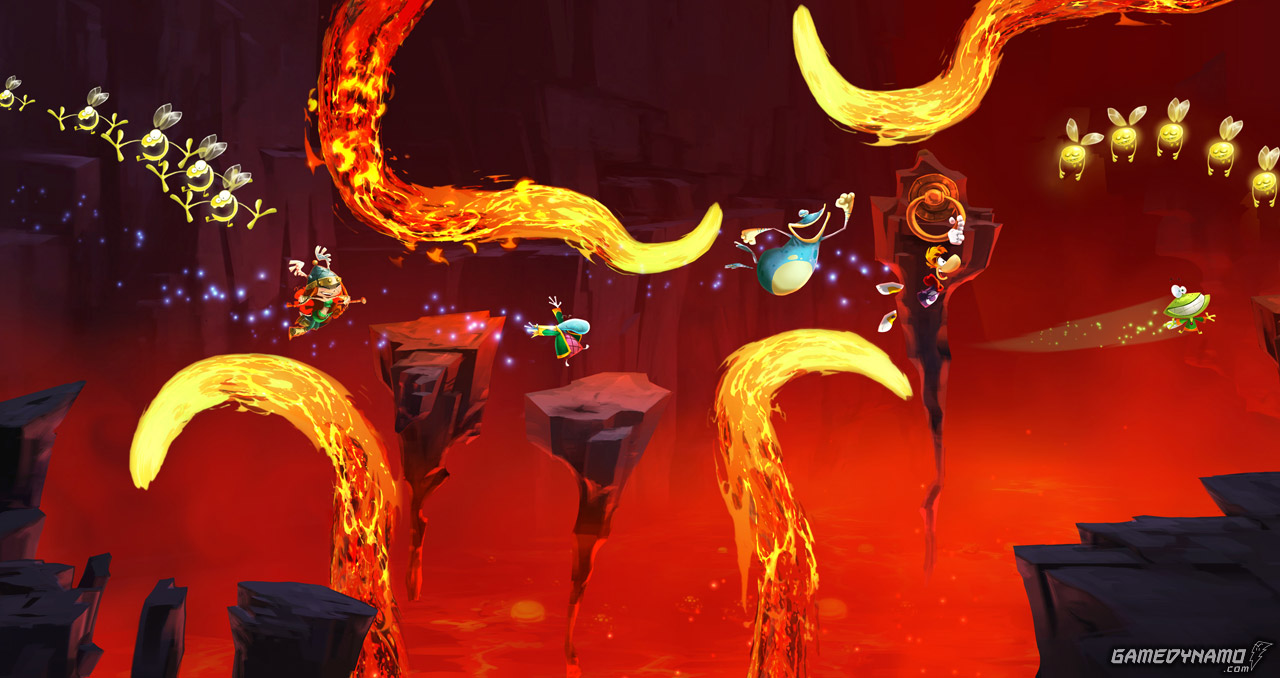
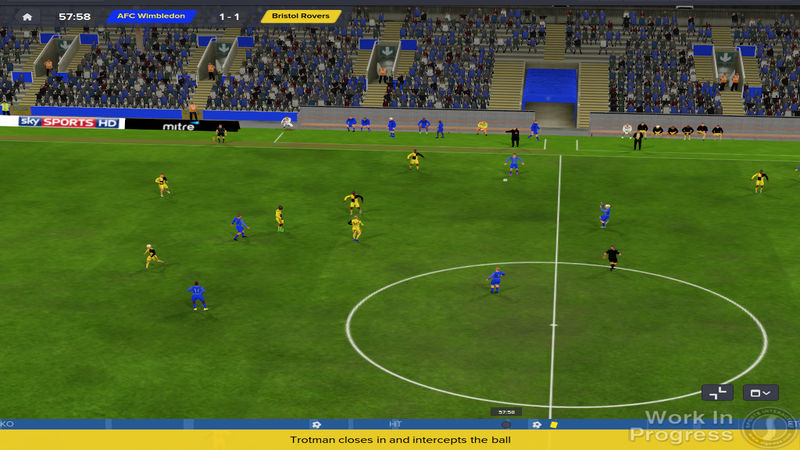

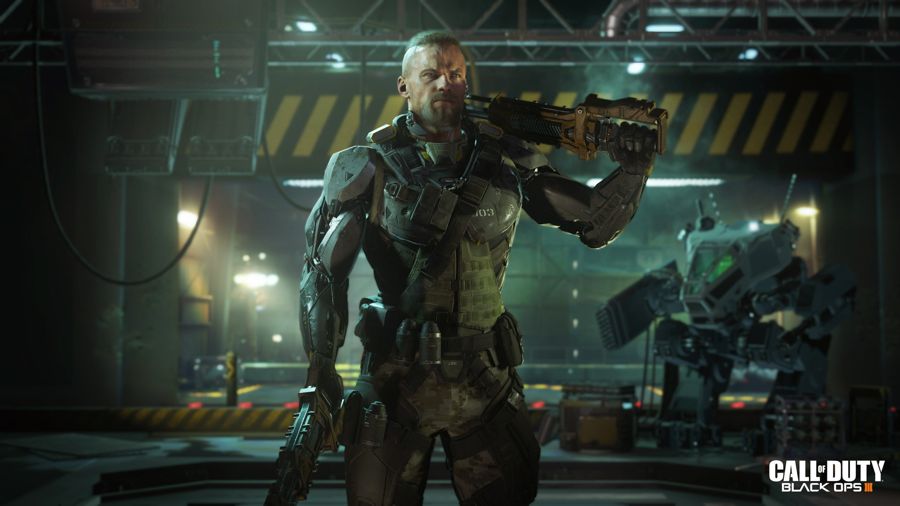
 Walkthrough LEGO: Jurassic World STORYLINE JURASSIC PARK 1
Walkthrough LEGO: Jurassic World STORYLINE JURASSIC PARK 1 Destiny guide: Moon The Summoning Pits Strike guide
Destiny guide: Moon The Summoning Pits Strike guide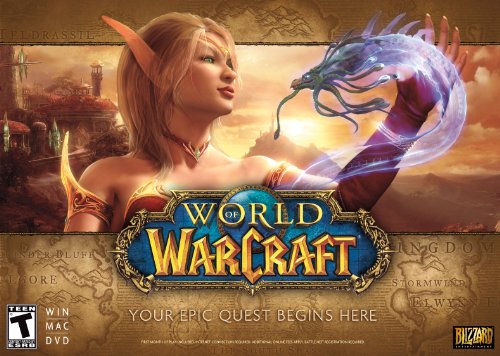 What are MUDs, MMOs and MMORPGs?
What are MUDs, MMOs and MMORPGs?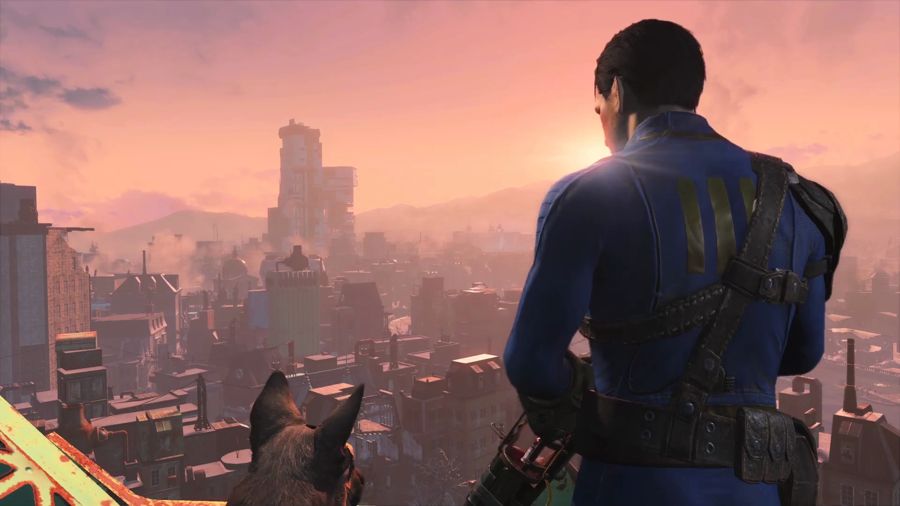 Fallout 4 Side Quest Guide
Fallout 4 Side Quest Guide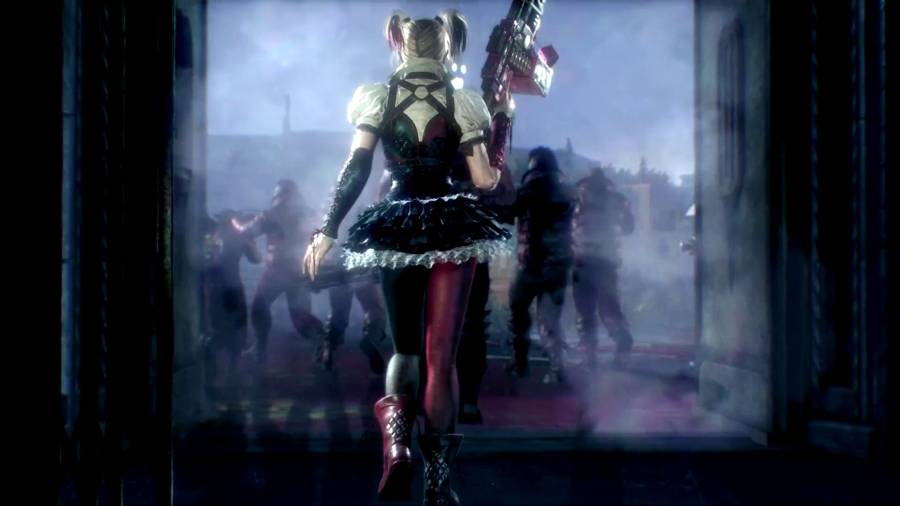 Batman Arkham Knight Guide: Campaign For Disarmament Guide
Batman Arkham Knight Guide: Campaign For Disarmament Guide